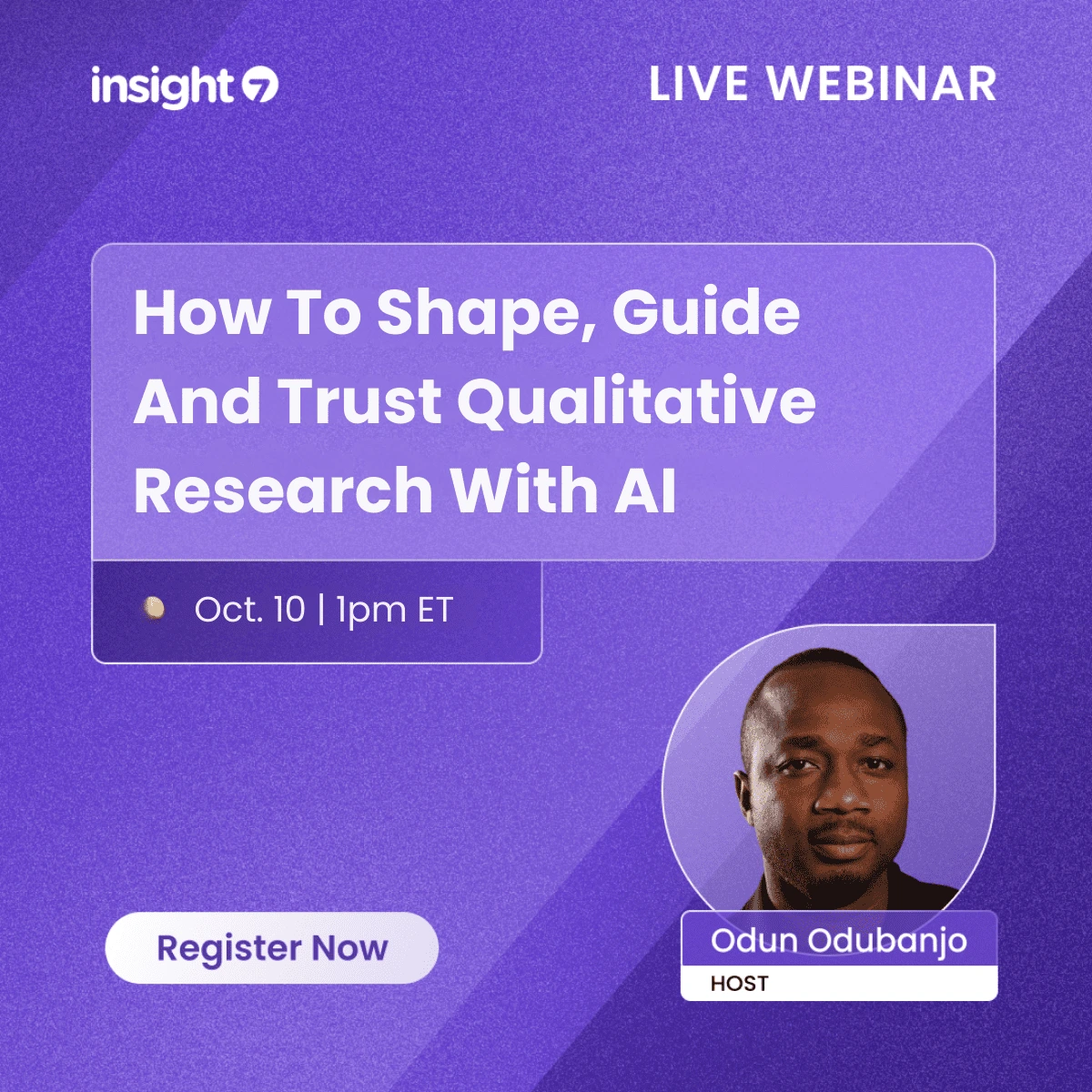Call Analytics Platforms: Cloud vs. On-Premise
-
Bella Williams
- 10 min read
In today's fast-paced business environment, understanding customer interactions is more crucial than ever. Companies are inundated with data from various channels, yet many struggle to extract actionable insights from customer conversations. This is where call analytics platforms come into play, offering a solution to transform raw data into strategic decisions. As organizations evaluate their options, they face a pivotal choice: should they opt for cloud-based solutions or stick with traditional on-premise systems? This article will explore the nuances of both approaches, helping you make an informed decision that aligns with your business needs.
What Problem Does Call Analytics Solve?
Organizations often grapple with inefficient tracking of customer interactions, leading to missed opportunities and subpar service. Traditional methods, such as manual call monitoring and basic recording systems, fall short in today’s data-driven landscape. They fail to provide the depth of analysis required to meet customer expectations for personalized experiences and timely responses. External pressures, including the rise of AI technologies and increasing competition in customer service excellence, make the need for robust call analytics solutions more pressing than ever.
Strategic Framework for Call Analytics Platforms
Call analytics platforms can be broadly categorized into two types: cloud-based and on-premise solutions. Cloud platforms offer flexibility and scalability, allowing businesses to access data from anywhere, while on-premise solutions provide greater control over data security and compliance. The shift from traditional manual approaches to AI-driven analytics marks a significant evolution in how organizations process and utilize call data. By adopting advanced call analytics, businesses can unlock new possibilities, such as faster decision-making and deeper insights into customer behavior.
What Becomes Possible With Call Analytics?
- Real-time sentiment analysis → Enhanced customer experience through immediate feedback
- Automated call transcriptions → Increased efficiency in training and compliance monitoring
- Predictive analytics for sales forecasting → Improved revenue generation through targeted strategies
- Integration with CRM systems → Streamlined workflows and better data utilization
- Comprehensive reporting tools → Informed decision-making supported by data-driven insights
Why Are Organizations Betting Big on Call Analytics?
The primary drivers for adopting call analytics include the need for improved customer insights and operational efficiency. By leveraging these platforms, organizations can eliminate pain points such as missed deals, inefficient training, and poor customer experiences. The value of call analytics lies in its ability to enhance speed, personalization, and forecasting, ultimately leading to a higher return on investment. Industry benchmarks indicate that companies utilizing call analytics see significant improvements in customer satisfaction and sales performance.
Call Analytics Data Infrastructure and Requirements
To effectively implement call analytics, organizations must gather diverse data types, including call transcripts, CRM logs, quality assurance scores, and customer feedback. A rich variety of data sources enhances the accuracy and trustworthiness of insights, particularly in a cloud versus on-premise context. Strong data foundations translate to more reliable insights, enabling businesses to make informed decisions based on comprehensive analysis.
How Does Call Analytics Work Behind the Scenes?
- Gather raw inputs (calls, meetings, customer interactions)
- Convert audio into structured text using speech recognition technology
- Spot sentiment, objections, conversion cues, or patterns through NLP (Natural Language Processing)
- Apply historical data to improve predictions, leveraging machine learning algorithms
- Deliver insights in real-time dashboards, alerts, or coaching prompts tailored for different teams
- Track impact, refine models, and close the loop with continuous feedback
High-Impact Call Analytics Use Cases
- Detect buying signals → Improve win rates by training sales teams on effective responses
- Track coaching effectiveness → Measure the impact of training programs on agent performance
- Monitor sentiment → Resolve customer issues faster and enhance satisfaction
- Strengthen pipeline health → Predict churn and identify upsell/retention opportunities
- Enhance compliance → Ensure regulatory adherence through automatic monitoring
How Do You Choose the Right Tool?
When selecting a call analytics platform, consider features such as accuracy, integrations, multilingual support, and real-time dashboards. AI-powered solutions stand out from manual or legacy systems by offering scalability, ease of use, and customization options that cater to specific business needs.
Quick Comparison:
| Feature | Cloud Call Analytics | On-Premise Call Analytics |
|---|---|---|
| Accessibility | Anywhere, anytime | Limited to internal network |
| Maintenance | Vendor-managed | Requires in-house IT support |
| Scalability | Easily scalable | Hardware limitations |
| Cost Structure | Subscription-based | Upfront capital expenditure |
Common Call Analytics Implementation Challenges
Organizations may encounter several challenges during implementation, including:
- Dirty or incomplete data leading to inaccurate insights
- Lack of team alignment on goals and metrics for success
- Over-automating without human oversight, risking loss of qualitative insights
- Not integrating into existing CRM/workflows, leading to siloed data
How Do You Get Started With Call Analytics?
- Assess your organization's needs and define objectives
- Choose between cloud vs. on-premise based on scalability, security, and budget
- Connect to your CRM and call recording system
- Import historical conversations to build baselines
- Set up role-based dashboards for different teams
- Train and calibrate with real data
- Launch pilots in targeted areas
- Expand adoption, review regularly, and optimize
Excellence Standards for Call Analytics Programs
To achieve the highest return on investment, organizations should adhere to best practices such as regularly reviewing insights, ensuring a sufficient volume of data for predictive accuracy, and balancing AI-driven outputs with human judgment.
How Do You Track Results?
Key success metrics to monitor include:
- Conversion lift → Measure the impact of insights on sales performance
- First-call resolution rates → Evaluate customer satisfaction and efficiency
- Agent coaching improvements → Track performance changes post-training
- Sentiment/NPS correlations → Analyze the relationship between call outcomes and customer loyalty
- Forecasting accuracy → Assess the reliability of predictions made by the analytics platform
Golden Rule: The value isn't in the analytics itself, but in the improved actions teams take because of it.
Questions Leaders Often Ask
- What exactly is this technology and how does it work?
- How is it better than traditional QA or manual notes?
- Can we integrate it with Salesforce, HubSpot, or Zendesk?
- How much call data do we need before insights are reliable?
- Is it safe, compliant, and secure for regulated industries?
- What are the key differences in data security and compliance between cloud and on-premise solutions?
Case Studies: Success Stories in Call Analytics
Organizations that have successfully implemented cloud or on-premise call analytics platforms often report significant improvements in customer satisfaction, operational efficiency, and revenue growth. These case studies highlight the challenges faced, solutions implemented, and measurable outcomes achieved, providing valuable insights for businesses considering their options.
Wrapping It Up
As businesses navigate the complexities of customer interactions, the right call analytics platform can turn conversations into measurable growth. Whether opting for cloud or on-premise solutions, organizations must assess their unique needs and consider how these technologies can enhance their operations. Explore next steps, such as demos, pilots, or platform comparisons, to ensure your organization is equipped to thrive in a data-driven future.







